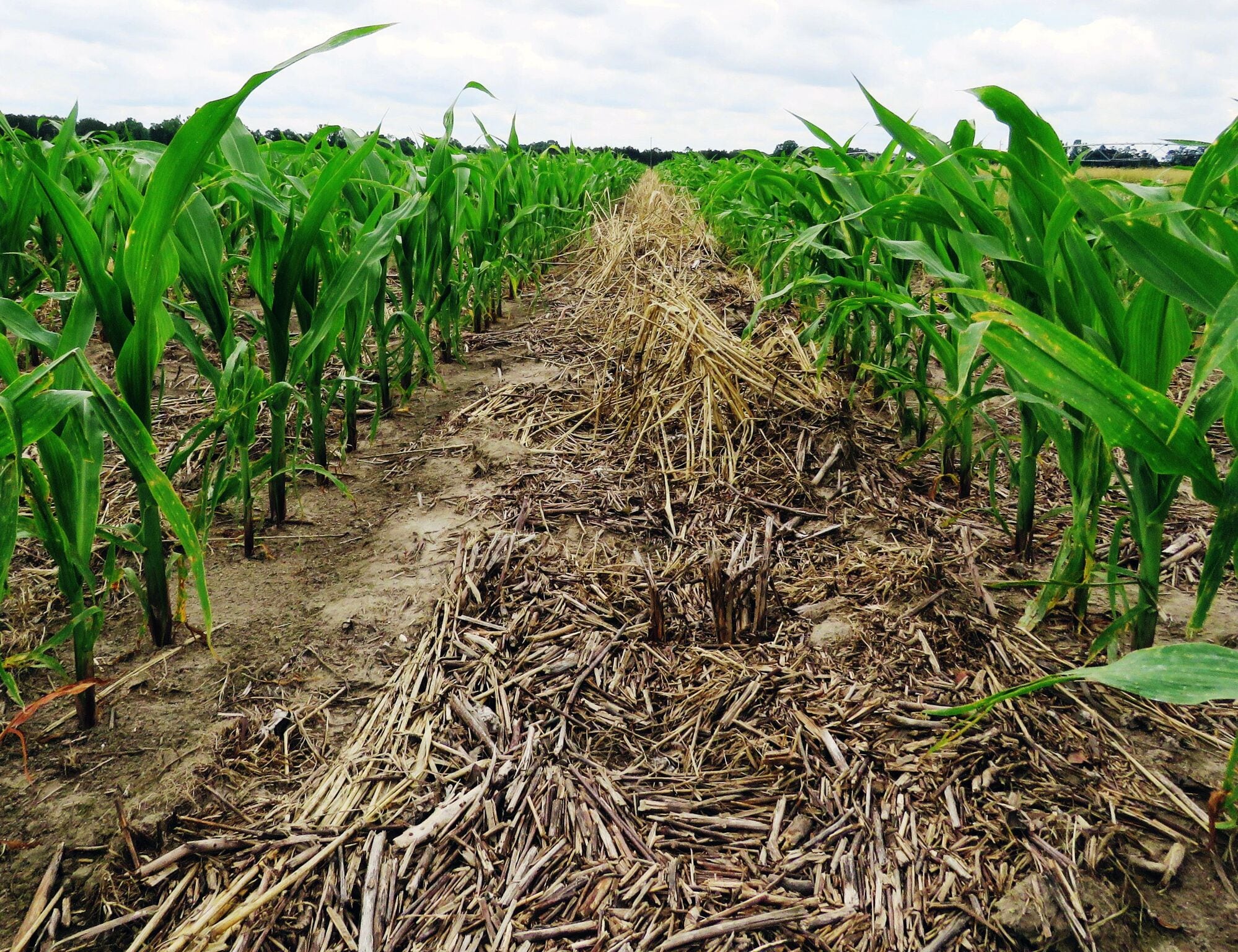Healthy Soils

Just as cover crops provide a natural suppression for soil diseases and pests, they also assist in weed suppression. Weed resistance management has moved to the forefront of research and extension.
Cover crops can have an influence on weed growth, whether they are actively growing or remain as plant residue after cover crop termination. Different mechanisms have different effects on weed life stages. This depends on actively living or in the post-mortem phase.
Management of cover crops may also depend on the desired end-goal. A vigorous, living cover crop—or “living mulch”—will most likely suppress weeds that are growing simultaneously. Dead cover crops do not generally suppress weeds as well as growing cover crops do. Weed emergence early in the season is likely lower because residue suppresses the weeds. Numbers may be lower for those measured for weed density or biomass later in the season.
Cover crop residue also affects weed germination by creating conditions similar to those deeper in the soil—like lower light and lower temperatures.
The presence and rapid spread of glyphosate-resistant Palmer amaranth threatens hundreds of thousands of conservation agriculture practices.
Current recommendations include:
- Integration of high-residue cover crop systems.
- Inversion of the soil profile to bury the surface seedbank.
- Overlapping residual herbicides.
Surface tillage is also recommended to enable increased pre-plant and pre-emergence herbicide use.
More Information
Download a PDF with more information on cover crops and weed suppression.

